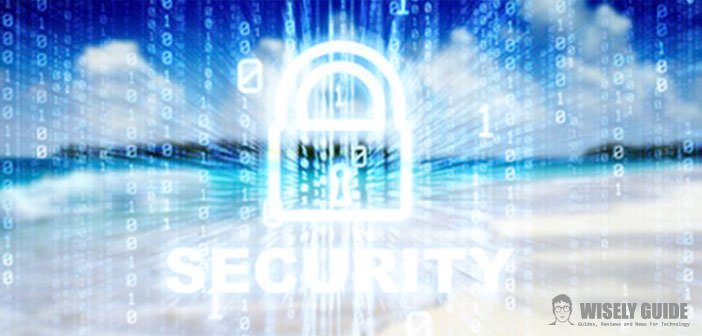To protect the mail and have more security, you need to encrypt some parameters such as the connection of the e-mail provider, messages, cache and e-mail address.
In case you failed to properly encrypt the email, other users could hijack your account. In the following guide, you will learn how to encrypt their e-mails in the most appropriate manner.
1.) If you leave the connection open e-mail on a computer, or other device is not encrypted, other network users could easily capture the login credentials of e-mail messages sent or received ones, and this risk typically occurs when using a public network (eg Wi-Fi hotspot in a coffee shop). Encrypt messages before sending them unreadable, until they are opened by the recipient.
2.) To secure the connection between the provider and the computer, you must set the ” Secure Socket Layer (SSL) ” and ” Transport Layer Security Encryption (TLS). In the event that you check your email using a web browser (laptop, smartphone or tablet), you must be sure to ensure that the SSL / TLS encryption is enabled, to see if encryption is turned on, the website address (URL ) will begin with https instead of http (in some browsers, a notification appears next to the address bar, or a small yellow padlock in the status bar at the bottom of the browser window).
3.) If you do not see the address appear ” https ” but that ” http “, type an s at the end of ” http ” and press Enter. Browse through your account settings to see if you can enable encryption by default .
4.) If you use a desktop client such as Microsoft Outlook to check e-mail, or an email app on your smartphone or on your tablet, use the SSL / TLS encryption, open your email program and access to the setting’s menu and search the option to enable encryption. You can enable encrypted connections in the advanced settings of Outlook. If you are using an Exchange e-mail account, you will find an area designated for security settings, where you can clearly see if the encryption / security is enabled for the connection, if it is not enabled, check whether the provider supports encryption.
5.) To encrypt the email, use the encryption capabilities that are integrated into your e-mail service, or download encryption software client or add-ins. For the desktop, if you prefer not to encrypt your entire computer, you need to encrypt only the file of mail data. In the event that the client does not provide a reliable encryption, consider selectively encrypting the directory where you store documents and emails.
Encrypt files with the Windows EFS file system is easy, as this type of functionality automatically opens and decrypts the files, just done the registration of a Windows account. Remember to turn off encryption in case you need to reinstall Windows or change the account, because you might risk not being able to decrypt the file later.

